Current information security challenges and solutions
IT companies, startups, and businesses across a wide variety of industries are subject to cyberattacks every day. In 2023 alone, the number of cyberattacks increased by 62% compared to 2022. According to statistics, analytics and forecasts provided by various cybersecurity companies:
- Ransomware attacks occur every 10 seconds.
- More than 70% of companies are victims of ransomware in 2023.
- 71% of attacks on organizations involve espionage and data theft.
- 80% of all security breaches are attributed to organized crime.
- By 2026, cybercrime losses in the global market will exceed $20 trillion per year.
All these figures are daunting. However, you should not panic, but neither should you ignore the problem, thinking it won’t affect you. In this article, we will tell you about the importance and efficiency of using information security technologies and hardware and software solutions, and will review the most relevant and rapidly gaining popularity.
What are the risks of ignoring the problem?

Paying attention to cybersecurity for companies of all kinds in 2024 is important because at a minimum:
- Data leaks pose reputational risks. Websites, CRM systems, email services, and other similar systems store sensitive customer information that attracts attackers: personal information, phone numbers, addresses, e-wallets, credit cards. If fraudsters gain access to this information, businesses face trouble: from compromised accounts and numerous user complaints to asset theft and lawsuits. Businesses face equally serious problems when business processes are halted due to ransomware, DDoS attacks, and data corruption caused by unauthorized access.
- Cybercriminals are hindering the growth of companies by attacking the IoT. With the help of new technologies, many businesses, particularly in smart homes, manufacturing, energy, utility services, agriculture, etc., can save on labor and increase productivity through automation and optimal resource allocation. Failures in the smooth operation of IoT-connected devices can lead to irreparable consequences for the environment, human health and life. The risk of cryptojacking – attacks on devices in attempts to use them for unauthorized cryptocurrency mining – remains high. Targets include all kinds of gadgets, servers, surveillance cameras, printers, and even household appliances like refrigerators and vacuum cleaners connected to the Internet.
- Cyberattacks worsen the position of websites in search engine results. If a website is regularly subjected to DDoS attacks or, even worse, infected with viruses, you can forget about SEO promotion and regular free traffic. Even running ads will be problematic if the website does not pass moderation on the relevant sites. A business that gets most of its customers from the Internet will simply not survive in such conditions.
Importance of hardware and software solutions for cybersecurity
With each passing year, the relevance of effective information security management of companies is becoming more and more urgent. Urgent intervention is a necessity, as not only the problem is not disappearing, but is becoming more and more critical. The situation will continue to worsen due to the development of neural networks – so-called “artificial intelligence” (AI), which in the hands of attackers turns into a terrible weapon.
AI enhances the skills of Internet scammers, allowing them to create:
- more sophisticated attacks and effective deepfakes;
- unique malware that effectively masks itself from detection;
- strikingly convincing emails for phishing attacks, and so on.
In addition, because of the powerful capabilities of artificial intelligence, the threshold for entry into cybercrime is dramatically decreasing. Given localized crises, when many people are out of work and livelihood, this ensures a constant influx in the ranks of cybercriminals.
At the same time, medium and small businesses face challenges such as:
- budget and time constraints;
- lack of ability of executives to delve into technical intricacies;
- an acute shortage of qualified information security specialists.
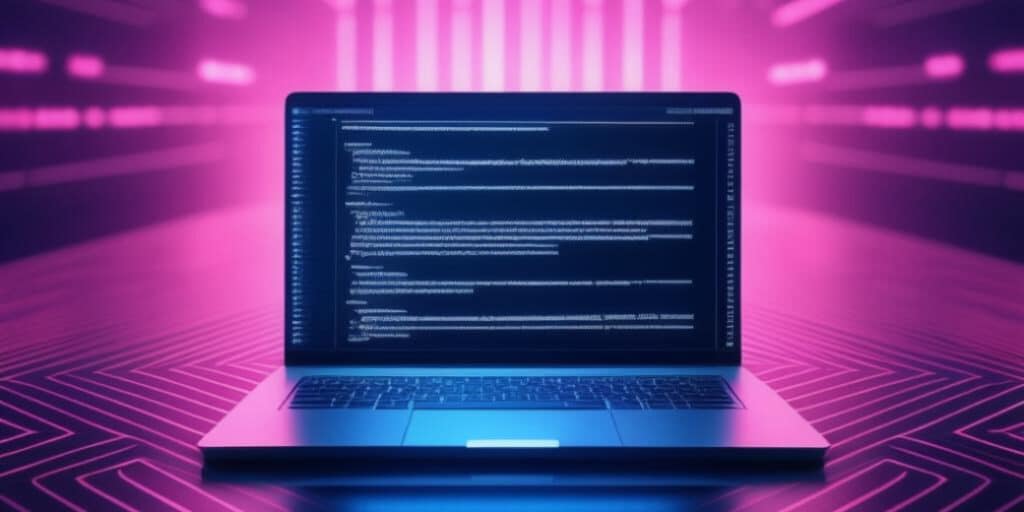
For such companies, automated, affordable out-of-the-box solutions that will effectively protect data are important.
Fortunately, security experts are working with AI just as successfully as attackers. Therefore, the main trend of this year will be the introduction of artificial intelligence systems into various classes of information security tools. In the hands of analysts, AI will become an effective tool for detecting hidden threats, searching for relationships between disparate events, processing significant volumes of heterogeneous information, and other complex tasks. The simplest application of AI in information security is an ordinary chatbot, which helps to find solutions faster in cases of vulnerabilities, threats and information security incidents, providing hints much faster and of higher quality than most in-house or freelance specialists.
Therefore, systems equipped with artificial intelligence modules can partially solve the cybersecurity talent shortage. Unfortunately, it will continue to be an issue for several more years. We will talk more about this and other technologies below.
Types of popular hardware and software solutions for information security
Developing the cyber resilience of companies is an important task for small, medium and corporate businesses. Hardware and software solutions for information security help to solve this task faster than performing operations purely manually. These solutions include a variety of technologies and approaches aimed at securing data and the systems that process it.
Here are a few key technologies (classes of systems) that continue to be relevant:
- Intrusion Detection Systems (IDS). These hardware and software systems monitor the network for suspicious activity or deviations from established security standards. With the help of artificial intelligence modules, which they can be supplemented with, it is possible to achieve really productive results by informing in real time about suspicious events that have weak signs in the network and on the hosts.
- Security Information and Event Management or SIEM systems. Working in conjunction with IDSs, firewalls, and other security systems, they collect, monitor, and analyze security messages from a variety of sources. SIEM systems are the “nerve centers” of modern information security departments and services, providing professionals with a single dashboard for managing the security of all servers, network equipment, desktops and mobile computers.
- User identification and authentication systems. These solutions are used to verify a user’s identity before granting access to resources. Verification can be layered and can include passwords, PINs, biometrics, or hardware security keys.
- Data encryption systems. These systems protect sensitive data from information leakage by converting it into an unreadable form using various keys – more complex analogs of passwords. Encryption can include protecting disk data, information transmitted over networks, and sometimes also encrypting data in RAM and other types of storage devices.
- Cryptographic key management tools. These cryptography-based systems enable the secure generation, transmission, and storage of encryption keys, as well as the management of other operations in their lifecycle. Key management ensures confidentiality of information exchange and data integrity.
- EPP (Endpoint Protection Platform) or antivirus programs. Conventionally, we will consider these solutions as synonyms. The term “antivirus” is gradually becoming obsolete. This may be due to the fact that the number of viruses has halved in the last 5 years. All modern antiviruses belong to the EPP class. These are programs that scan computers and networks for malware, alert you to danger, block malicious code, repair damaged files, and perform other protective functions.
- Firewalls are software or hardware solutions that allow you to control incoming and outgoing network traffic based on defined security rules.
Now let’s take a look at these solutions in a bit more detail.
Security tools based on artificial intelligence

Let’s start with the most advanced area of information security development – artificial intelligence (AI).
The advantages of using AI-based technologies are the ability to track and block complex threats and process large amounts of loosely structured data in real time. This allows you to detect and respond to problems faster, preventing possible unpleasant consequences of information leaks, malware introduction and other information security incidents.
Tools worth trying in 2024:
- Trellix is a provider of XDR class solutions (an evolution of SIEM class), threat intelligence solutions, endpoint security, data, network, email, cloud and so on. The use of AI in this vendor’s solutions increases the speed and quality of making decisions to identify and block threats.
- Kriptos is a provider of solutions for classifying and protecting sensitive data. This company’s technology automatically classifies millions of documents and identifies sensitive information through advanced artificial intelligence algorithms. The solution analyzes and classifies unstructured data in .doc, .xls, .ppt, .pdf formats. It is able to distinguish content by data importance: whether the information is confidential or not. In addition, the tool identifies threats and offers effective solutions for timely protection.
- Darktrace is a company that considers itself a global leader in artificial intelligence in cybersecurity. It provides end-to-end solutions based on AI, ZeroTrust architecture and other modern approaches. The company holds more than 145 patents for its cutting-edge designs and provides a self-learning model that helps protect cloud services, applications, devices, operating technologies, networks and servers.
How intrusion detection tools can help
In addition to innovative AI-based solutions, classic intrusion detection technologies and systems (IDS) remain popular, including:
- Network-based IDSs (NIDS). They monitor both incoming and outgoing network traffic in real time and analyze it for anomalies or attack signatures. These systems detect threats such as DoS attacks, port scans, and even network intrusion attempts.
- Host-based IDSs (HIDS). These systems are installed on individual hosts (such as servers or workstations) and monitor them, including system logs, files, and resources, to detect unusual or suspicious activity.
- Behavior-based IDSs. They examine patterns of normal program or user behavior, then identify abnormal activities or changes that may indicate a possible intrusion.
- Hybrid Approach Intrusion Detection Systems. Some IDSs combine elements of network, host-based, behavioral, and neural network approaches to provide more comprehensive threat detection.
These technologies underpin more advanced security incident and threat detection technologies such as Network Behavioral Anomaly Detection (NBAD), Endpoint Detection and Response (EDR), and Network Detection and Response (NDR).
What problems do network security information management (SIEM) systems solve?
The volume of digital information is constantly growing. It is therefore essential to quickly analyze and compare data from different sources and between different information systems. SIEM systems have been one of the premier security systems aimed at providing this capability – collecting and presenting security data in one easy-to-understand user interface. This allows security analysts to quickly track and respond to threats and incidents. This is why SIEM systems are still popular and actively evolving.
What exactly such systems can do:
- Analyze an organization’s vulnerabilities and security posture;
- track events, incidents, attacks, their consequences and provide convenient data visualization;
- monitor attempts to change user rights, activate notification systems in case of access violations or insider leaks;
- use sources such as file servers, firewalls, antivirus programs to collect data, and compare and contrast data from different sources;
- filter events and then delete redundant or repetitive information;
- Long-term storage of data collected in chronological order to enable later investigation of incidents.
SIEM systems are so user-friendly that even novice specialists can work with them effectively. Therefore, these services will not only continue to participate in the security of companies, but will continue to develop rapidly. This includes the use of AI modules that increase the efficiency of analyzing large amounts of data.
Why user identification and authentication systems are needed
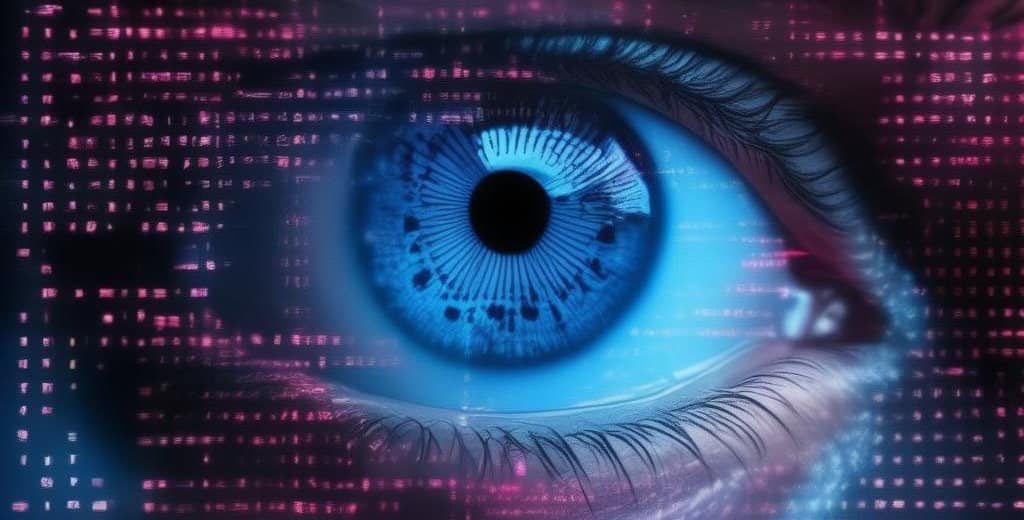
To understand this question, let’s first look at the differences in the concepts of identification, authentication and authorization, which are often confused due to the fact that these processes are performed together and almost simultaneously.
- Identification in the context of security is the process of establishing (determining) the identity of the person requesting access. Identification usually occurs by providing unrepeatable hard-to-copy identifying data such as a unique secret key, a facial image, a fingerprint, etc. These are compared to pre-stored data to determine who they belong to. The user does not need to provide their name, as this information is already stored in the user database.
- Authentication, as opposed to identification, is the process of a user entering his or her name (login) and secret authentication data, such as a password, and then having the system verify the data provided by the user. In other words, authentication is the verification and confirmation that the user is who they say they are. Unlike identification, authentication does not require the uniqueness of secret keys or passwords, because the unambiguous determination of the user’s identity is achieved by the uniqueness of the non-secret part of his authentication data – the user login.
- Authorization is the process of determining what resources are available to a successfully identified or authenticated user. As a result of this process, the user becomes authorized (authenticated). Authorization is always performed after identification or authentication, but because it is usually done automatically, it appears to be a single process. The confusion between authentication and authorization is compounded by the similar sound of these words to people who do not speak English well.
The first element of identification and authentication was the password. The first developer of password protection is considered to be Fernando Corbató, who applied passwords to the CTSS operating system in 1961 at the Massachusetts Institute of Technology. Since then, these systems have become significantly more complex, improved, supplemented with multifactor (multistep) authentication and various hardware solutions.
Among the hardware solutions of identification and authentication systems stand out:
- Smart Cards. These are plastic cards, similar to credit cards, with an integrated microchip that generates, stores and protects from copying unique identification data. They are most often used for physical access to premises or as a means of authentication when logging into corporate systems.
- USB tokens. These are devices functionally similar to smart cards, but connected to the USB port of a computer. Their advantage over smart cards is saving on reading and writing devices, as this function is performed by a universal port, which is available on all computers and mobile devices.
- Biometric Scanners. These devices use a user’s unique physiological characteristics such as fingerprints (the most common), retina or voice for identification and authentication.
- RFID Tags. These are radio frequency identifiers that can be read by specialized devices. These tags are simpler analogs of smart cards.
It is very important to design authorization systems so that users have different rights and access. For example, so that a reader does not have the same rights as a super administrator. This will ensure the integrity and confidentiality of the data and the system.
Advanced antivirus functionality

Antivirus programs or endpoint protection systems can close many security issues, in particular protecting against such dangerous threats:
- Worms are malicious programs that are capable of “multiplying”, i.e. self-copying. They can do a lot of damage by spreading in a hijacked environment, in parallel destroying or corrupting data stored on devices.
- Computer viruses are malicious programs that embed themselves in files and are activated when they run. They can corrupt and steal data and disable your computer.
- Trojans are programs that masquerade as useful but carry malicious software, such as spyware, designed to covertly track and alert observers to your activity. Trojan programs infect computers by infiltrating seemingly safe files distributed online.
How exactly modern antivirus, called endpoint protection platforms (EPPs), works:
- Conduct a scan of all files and programs on the device.
- Block potential and activated threats.
- Integrate with a firewall, scanning incoming and outgoing network traffic.
- Protect against phishing by blocking fake sites that collect data.
- Provide anti-spam protection by analyzing incoming email traffic.
- Take over parental control functions by blocking adult sites, which is useful on devices used by children. The parental control counterpart in organizations can be configured to block certain sites so that office workers are not distracted while working.
Advanced EPPs can also have additional useful features:
- Provide data backup. An important preventative measure, in case crooks manage to bypass all defenses and destroy or encrypt valuable data.
- Provide remote control from another device. This is important for instant response to an incident when the administrator is out of the office or, for example, if a virus has already infiltrated the computer and partially blocked the work of programs.
- Enable a secure virtual keyboard. This solution prevents keyloggers from intercepting information entered from the physical keyboard.
Despite the above features, EPPs still have disadvantages:
- Limited threat detection. Traditional EPP systems can be ineffective against new threats that do not match known signatures or behavioral patterns.
- The complexity of managing an EPP system can be felt in large organizations with multiple endpoints.
- Possible overlap of functions. When using functions of EPP and EDR solutions, the system can lead to redundancy of processed information and consequently – to increased costs.
- Insufficient adaptation to new realities. Some classic EPP solutions may have difficulties in adapting to new realities, such as the development of mobile platforms and IoT devices.
Therefore, global information security leaders such as Palo Alto Networks believe that endpoint protection systems are already obsolete. Although EPP capabilities can be enhanced with new integrations. We will discuss how exactly in the next section.
Promising information security solutions
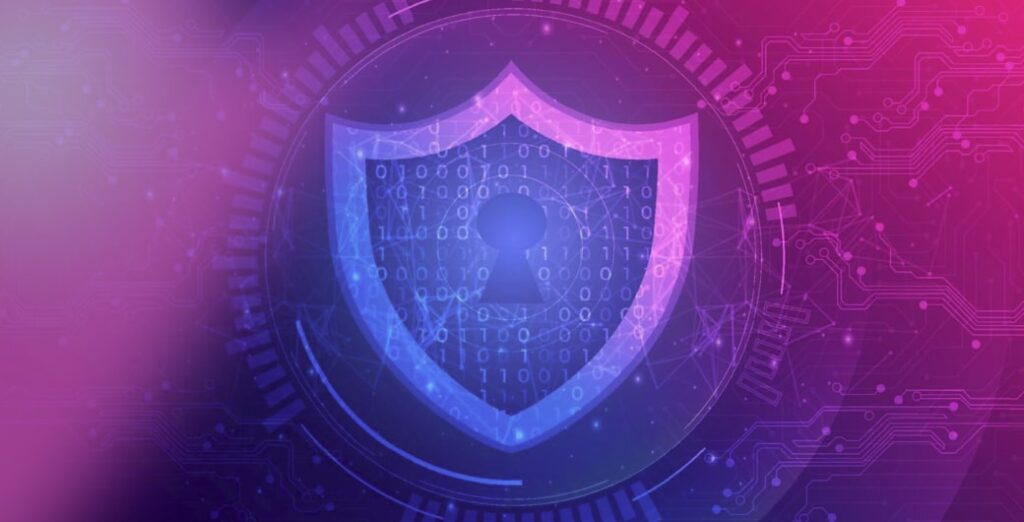
Promising directions of defense systems are:
- Expansion of functional capabilities of classic solutions, the same EPPs.
- Integration and unification of security systems, e.g. within SOC.
- Cryptographic solutions that protect data more reliably.
New EPP integration capabilities
The authoritative American research company Gartner notes that a small number of enterprises pay attention to the expansion of EPP functionality. For example, solutions in the UES (Unified Endpoint Security) and EDR (Endpoint Detection and Response) or ETDR (Endpoint Threat Detection and Response) classes complement and extend the capabilities of endpoint protection platforms as follows:
- EDR/ETDR solutions provide continuous, real-time monitoring and visibility into endpoint activity, enabling quick and effective response to cyberattacks. These tools include searching, examining incident data, prioritizing alerts, checking for suspicious activity, hunting for malware, localizing and intercepting threats that are not detected by traditional antivirus and EPPs. As a result, EDRs uncover incidents that would have gone undetected.
- UES solutions combine EPP, EDR and MTD (Mobile Threat Defense) features to provide comprehensive protection for physical devices and IT systems, enabling security management through a single platform. Once an attack is detected, the UES platform can automatically take action not only to eliminate the threat, but also to address the underlying issues that contributed to it.
SOC visibility triad

The same Gartner company believes that the main corporate security solutions are not antivirus or EPP, but SIEM, NDR and EDR systems, which are the “triad of visibility,” i.e., the “eyes and ears” of security operations centers or SOC (Security Operations Centers). Essentially, a SOC is an external service or structural unit of an organization responsible for operational monitoring of the IT environment, preventing and responding to cyber incidents. The main functions of a SOC are:
- Active monitoring of the IT environment and incident data collection. SOC operators collect information from employee workstations, network devices and other computer infrastructure objects in 24/7 mode to detect and stop a possible attack as early as possible. To do this, they use SIEM, NDR and EDR tools.
- Analyzing suspicious events. Upon receiving notification of a possible incident, SOC specialists determine the presence of a threat and assess its nature and threat level.
- Threat Response. When a cyber incident is detected, SOC employees take measures to eliminate it and minimize damage.
- Post-incident recovery. SOC specialists may be involved in incident recovery – in particular, restoring affected systems, files from backup, etc.
- Incident Investigation. SOC experts can participate in the search for the causes of a cyber incident, as well as in the collection of evidence of cybercrime. The results of the investigation will help prevent similar incidents in the future, not only in this organization but also in others.
SOC can be organized either in-house or outsourced by specialized companies. A further development of the “SOC visibility triad” can be XDR (Extended Detection and Response) solutions. XDR functions include collecting and processing data from different layers of protection; applying advanced detection methods such as machine learning, behavioral analysis, signature matching; supporting automation of incident response and many others.
Unified Threat Management (UTM)
UTM (Unified Threat Management) is an all-in-one computer security software or hardware solution that provides powerful, comprehensive protection against network threats. UTM includes IDS/IPS (Intrusion Detection/Prevention System) solutions – intrusion detection and prevention services, firewall, VPN, antivirus and many other classes of security systems.
Unlike individual solutions, this system is unified and provides flexible customization to cover all of the above functions. Therefore, it is more efficient than individual tools. It is also more cost-effective. UTM is just one of many examples of integrating multiple tools into one system.
ZKP and ZTA technologies
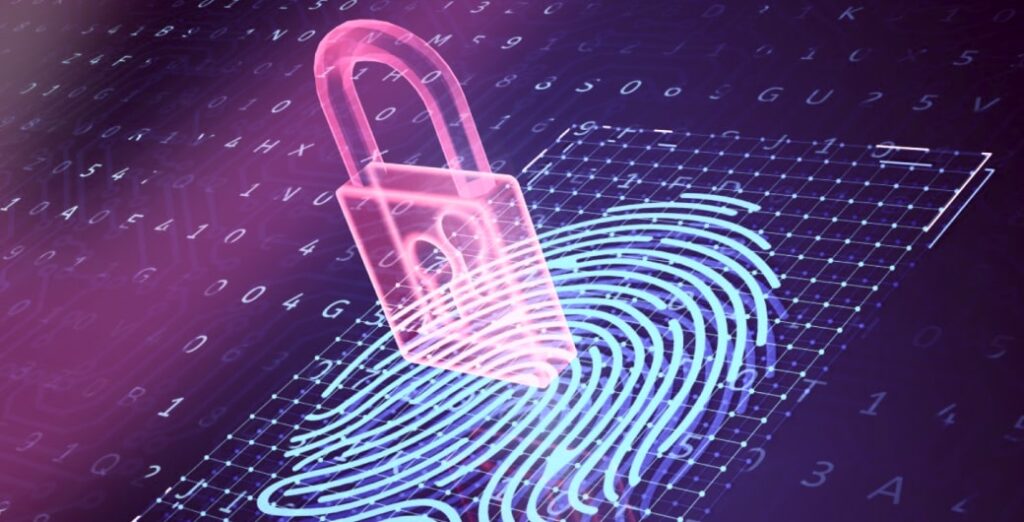
According to the OSSTMM (Open Source Security Testing Methodology Manual) security standard, trust is a vulnerability. It is a vulnerability that is exploited by social engineers, for example, but it can also be exploited by other attackers. Combined with human error and familiar technological approaches like a security perimeter or handing over sensitive data to prove ownership, excessive trust leads to fundamental security flaws. Zero-Knowledge and Zero-Trust methods and technologies have been developed to address these vulnerabilities, which we discuss below.
- Zero-Knowledge Proof (ZKP) is a cryptographic technique that allows one party (the proving party) to prove to another party (the verifying party) that a certain statement is true without revealing the statement itself. This means that the proving party gains the practical ability to convince the verifying party that the former has confidential information without revealing it. With this technology, the confidentiality of transactions or verification of a person’s identity is ensured without revealing information about their passport details, personal sensitive data, etc. ZKP technology is finding more and more applications, from transaction security and authentication to privacy in blockchain systems and other applications where privacy and confidentiality are important.
- ZTA (Zero Trust Architecture) is an approach to security in which access is denied until it is explicitly authorized, and the right to access is continually checked. This means, for example, that network devices should not trust the default source, even if they are connected to the corporate network or have been previously verified. The Zero Trust approach focuses on protecting resources (assets, services, workflows, network accounts, etc.) rather than network segments, as location on the network is no longer considered a core component of resource security. With this technology, for example, access to network resources is provided with the granting of rights only to the required role. The technology is also used in cloud environments to secure data and applications.
Despite their different functions and applications, these solutions are united by the word “zero”, used in the phrases “zero knowledge” and “zero trust”. These approaches are the basis for building future-proof, reliable security systems.
More groups of classic, modern and future hardware and software solutions are discussed in our information security solutions guide. We recommend this work for a comprehensive overview of security automation.
Whether hardware or software solutions can provide reliable protection
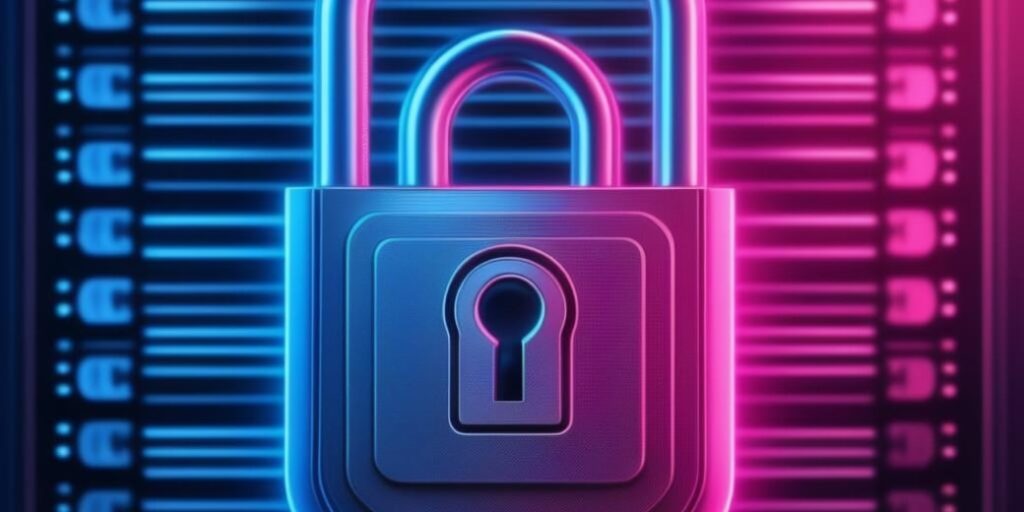
To check whether security systems and processes have been implemented reliably and whether there are security problems, various tools and methods are used, for example:
- PT (Pentest tools) – pentest tools (simulated attacks by attackers).
- OSINT (Open-Source Intelligence) – methods and programs for collecting information about employees from public sources. It is public data, such as social media, that is often used by attackers to build effective phishing attacks.
Of course, even the best tools are no substitute for good information security professionals. Many information security solutions work better when they are optimally combined with each other, as well as with manual analytics. That’s why it’s important to select and customize these solutions and processes correctly. If you don’t yet have the right security expert on staff, an option is to hire an external expert temporarily.
Professional experts can both conduct security audits or penetration testing and investigate incidents. Based on the results of your security analysis, they will help you select the most appropriate tools for your case. You can then temporarily delegate their management and responsibility for security to them or to your in-house system administrator, while you continue to look for better quality/price staff or continue to use external consultants.
It must be remembered that even perfect hardware and software security protection methods and perfect information security engineers can miss sophisticated social engineering attacks. Therefore, security trends dictate the need to train staff on the basics of security and deception recognition.
If you need advice or professional help with information security, contact us. Protect your business from real and potential threats today!
